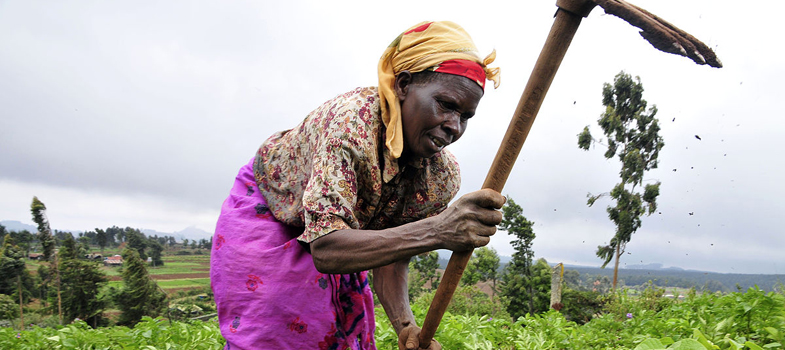4.1.1 Resilience and constraints in the case of MUSCCO
This is my table for MUSCCO.
| MUSCCO | Demonstration of resilience | Constraints on resilience |
| Membership | Homogeneous (employees-based) Heterogeneous to some extent (community-based) Strong gender policy, including education and training, and participation in the Union board Committed female membership with, if trained, good repayment rates |
Potential threats if companies or crops fail Problems in members repaying loans, exacerbated by crises such as fall in the tobacco price Members failing to capitalise the co-operatives adequately Intra-household threats to use of women’s loans |
| Collective skills | Education and training on gender issues Wide range of technical assistance to members Leadership training Development of skills within groups, particularly womens groups leading to social learning Also training in technological literacy |
Not enough skilled managers particularly in rural or remote areas – affects performance and governance |
| Networks | Strong links to donors – donor support for capacity building Recognition of need for links between financial and producer co-operatives: now linking to farmers’ union and smallholders’ association |
Problem of donor dependency |
| Innovation | Process innovation: technology change - use of ICTs Computerised SACCOs perform better and are better governed (more transparent) Production innovation: development of insurance products – life savings and loan protection |
Connectivity weak in remote rural areas High costs of maintaining the technology Problems of technological literacy Initial capitalisation of insurance withdrawn – is the current capitalisation secure? |
| Role of government | Passing of Financial Co-operative Law – great improvement in regulatory environment | Need to harmonise with the Co-operative Act that regulates other co-operatives |
My sense of this case is that there is considerable potential and many excellent ideas and innovations taking place. A question at present is how secure the changes are and what actions are needed to make them secure. This question underlines the discussion at the end of Section 3: resilience is a process that is continually ongoing. It requires both constant innovation and a strong and committed membership, underpinned in this case by solid capitalisation.
What other issues did you raise in your notes?
4.1 Two case studies
